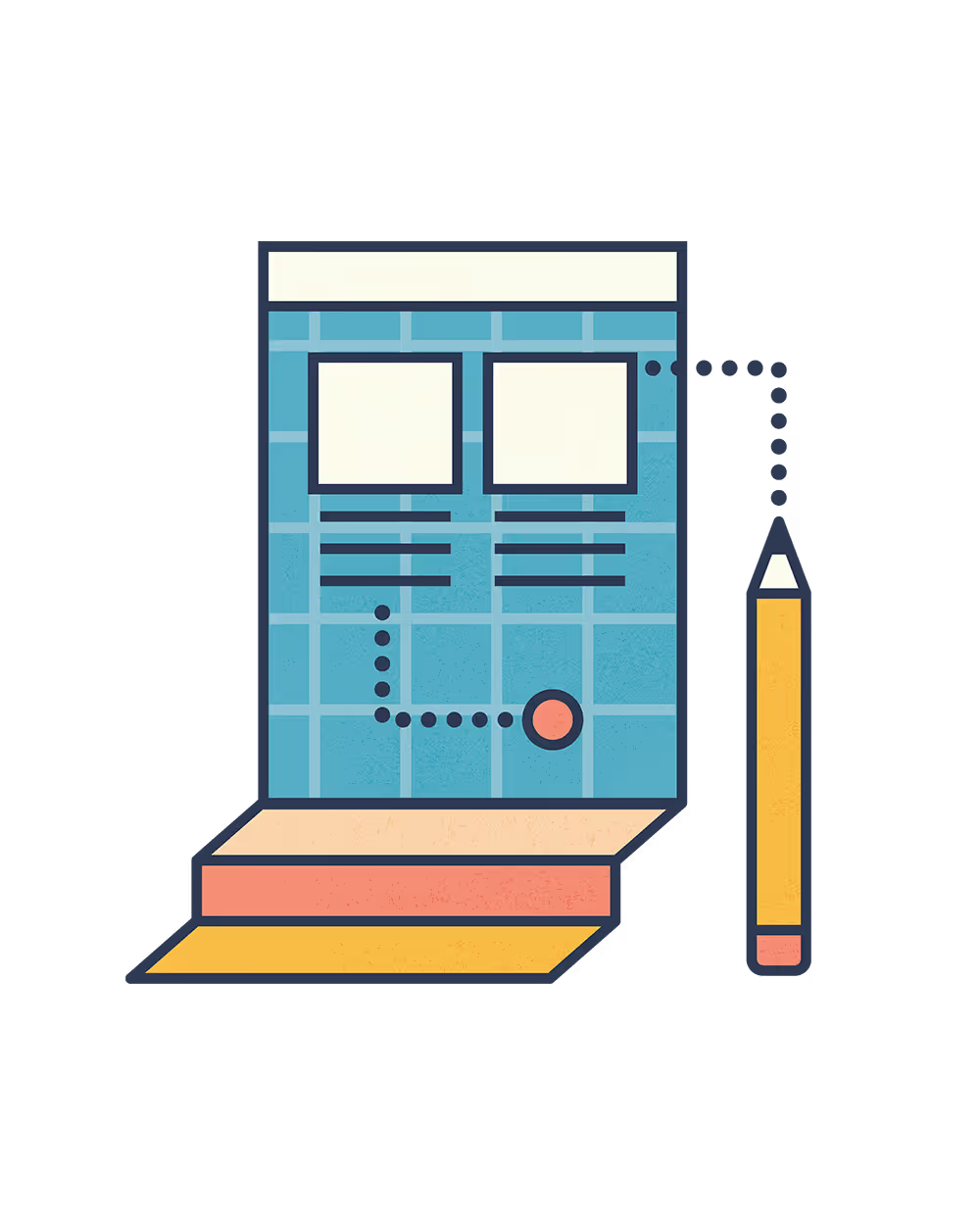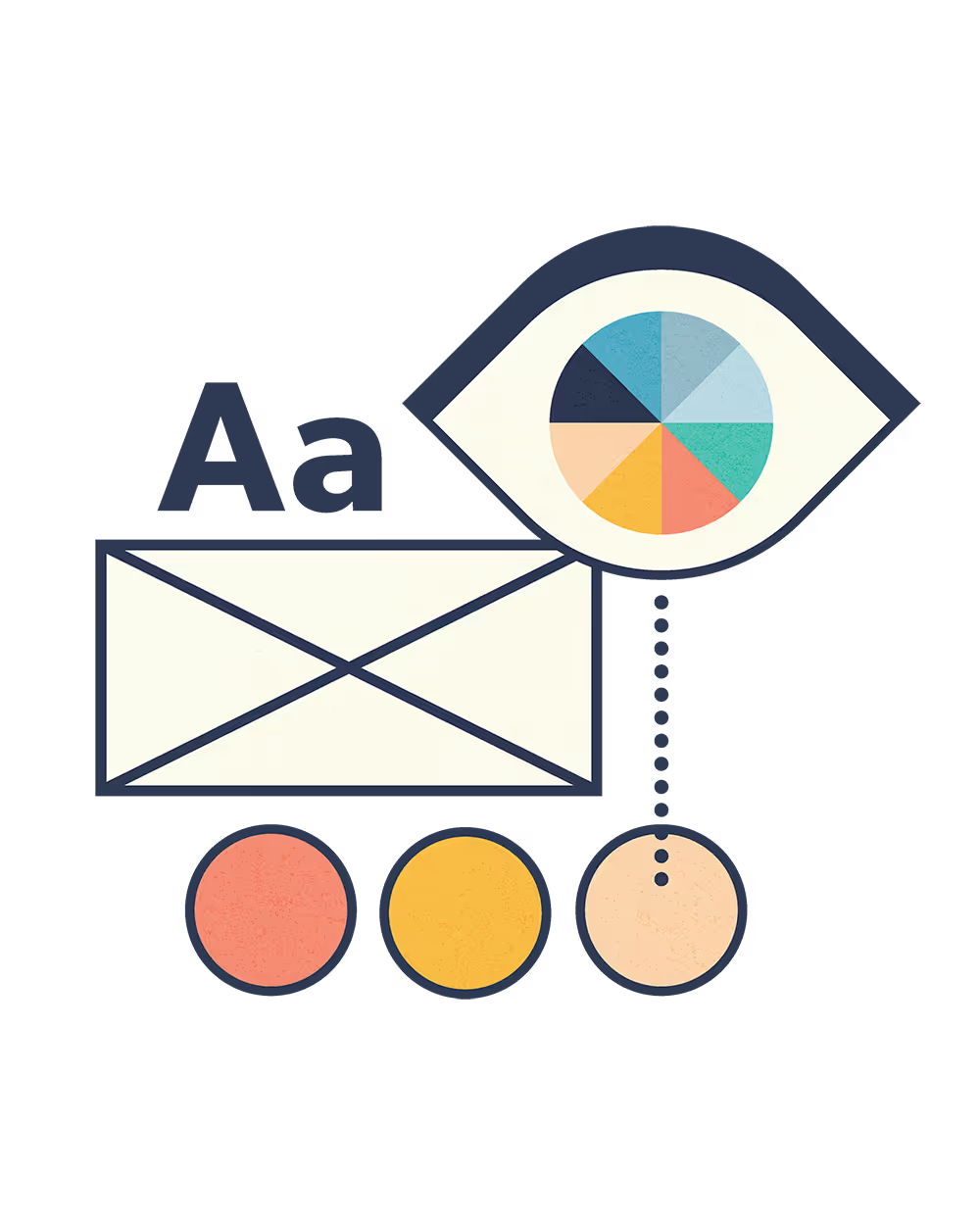Most landing pages fail because they're either too cluttered with information or so vague that visitors have no idea what to do next. A good landing page is like a focused salesperson—it guides people toward making a decision.
Start by knowing exactly what you want people to do. Sign up for your email list? Book a consultation? Buy a product? Download a guide? Pick one goal and design everything around that. If you want people to do five different things, you'll end up with visitors who do nothing.
Remove all distractions. This means no navigation menu, no sidebar, no links to your blog or social media. Every element should either support your main goal or be deleted. Think of it like a funnel—you want people to flow in one direction only.
Your headline is crucial because it's the first thing people see. It should instantly communicate what you're offering and why they should care. "Get More Email Subscribers" is boring. "Double Your Email List in 30 Days (Without Buying Ads)" is compelling because it's specific and promises a clear benefit.
Focus on benefits, not features. Don't just say what you're offering—tell people what their life will look like after they get it. Instead of "60-minute coaching session," try "Get clarity on your biggest business challenge and a step-by-step plan to solve it."
Include social proof because people want to know others have succeeded with what you're offering. Use testimonials, client logos, review snippets, or even numbers like "Join 1,247 small business owners who've transformed their marketing."
Create urgency without being manipulative. Limited-time offers, bonus deadlines, or scarcity give people a reason to act now instead of bookmarking your page. Your call-to-action button should be impossible to miss and tell people exactly what happens when they click it.



